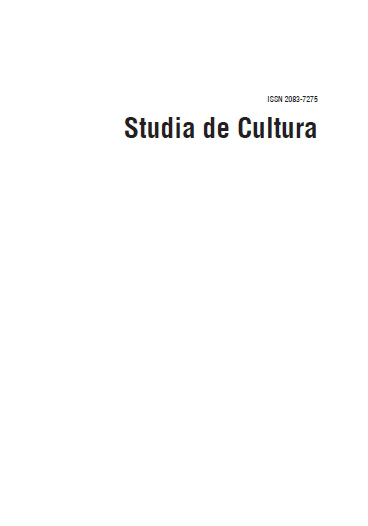Fotografik w kostnicy – o ukazaniu osoby zmarłej w sztuce współczesnej
Photographer in the morgue – about the image of the deceased in contemporary photography
Author(s): Anna MilczanowskaSubject(s): Photography, Visual Arts, Sociology of Art
Published by: Wydawnictwo Uniwersytetu Komisji Edukacji Narodowej w Krakowie
Keywords: abjection; contemporary photography; death; morgue; iconography; graves; the Middle Ages; Vanitas
Summary/Abstract: What is death in contemporary world? “Faked”, multiplied by movies and games, it becomes standard, it doesn’t frighten. In contemporary world the second type of death is taboo. It is pushed out of consciousness. Man striving for immortality, striving for eternal youth doesn’t want to remember it. Death was always connected to art. Artists tried to depict the deceased. The idealistic paintings of the dead or preserving their bodies in best possible condition was a gateway to the afterlife. Masks and coffin portraits were heirlooms, they replaced the body of the deceased family member. The mediaeval tombstones called transi played a different role – they depicted rotting corpse eaten by vermin. They reminded of inherent death and of death’s mundane meaning. Contemporary photographers’ work (e.g. Jeffrey Silverthorne’s or Andreas Serrano’s) appeal to these mediaval examples. They show massacred human bodies photographed in a specific, almost excluded from our consciousness setting – the morgue. One should contemplate whether the art depicts a man or a corpse identified with litter. What is the purpose of depicting dead bodies that were secretly photographed in a morgue or were prepared, immersed in formalin and exhibited at an art gallery? The fascination of body and its secrets influenced the way of showing the dead. Bodies of anonymous people seen in the photos are treated by contemporary people as waste. By the means of camera the photographed deceased are depersonalized twice. Once by the camera that is killing them, the second time by abjecting them.
Journal: Studia de Cultura
- Issue Year: 2011
- Issue No: 2
- Page Range: 96-102
- Page Count: 7
- Language: Polish

